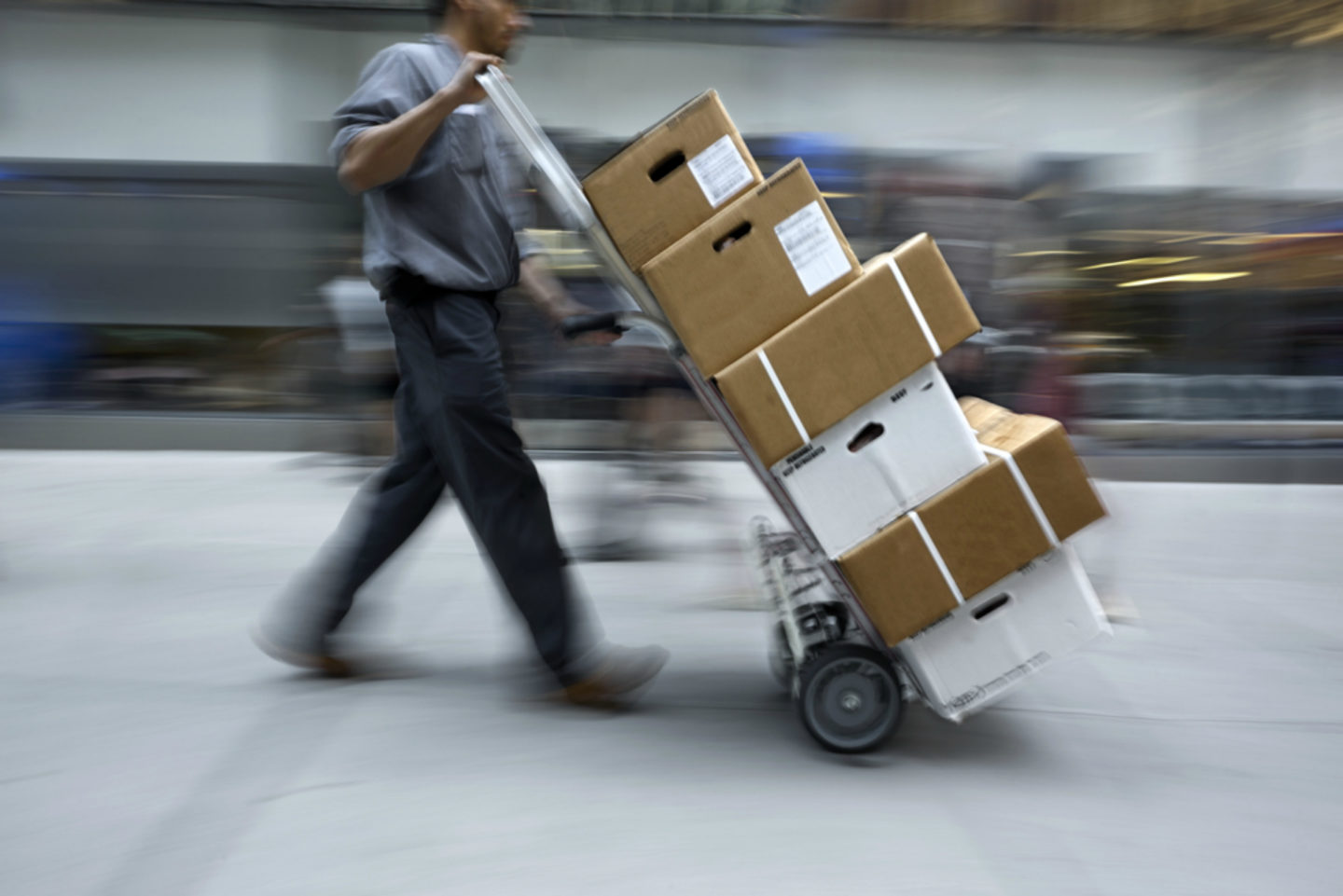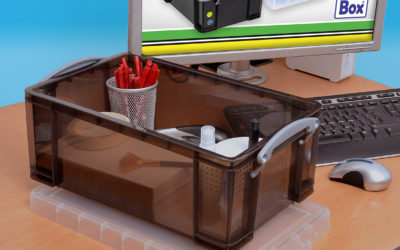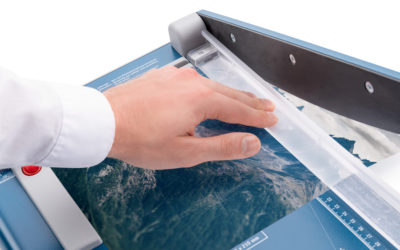With packages constantly coming in and out of the office, it’s important for you and your employees to know the correct procedures when it comes to lifting – especially with heavier items.
Lifting on a regular basis without taking the proper care or using the correct equipment could lead to repetitive injuries such as herniated disks in the spine, as well as sprains or strains. These injuries can be extremely painful and have a detrimental effect on daily life, with aches and pains tending to limit movement and prevent you from enjoying a more active lifestyle. It’s therefore vital to use good techniques when lifting heavy objects – and good judgment to know when you should ask for help from someone else.
How to carry a heavy load…
Plan your carry
Before you even get started, you need to know when and where the object is being moved to, and that you have the space and time to do so properly. This means that you won’t have to support the item’s weight any longer than needed, and that your path is clear.
Lift gently
With one foot slightly forward, approach the lift gently and try to keep as much pressure off your back as possible – this is especially important once you reach waist height with the item as it can exert the greatest pressure. Lift with your knees and hips wherever possible.
Get a grip
Placing a tight hug on the item will spread its weight across your entire body rather than just gripping with your hands.
Keep your shape
Adopt a stable position with your body without twisting or flexing your back muscles, as this could potentially cause further discomfort and pain. Try not to step quickly or lightly as your back will tend to flex and twist while trying to adjust – making slow and steady movements is recommended.
When it comes to lifting, it isn’t all about you and your physical movements. Additional support is available in a variety of ways that can benefit your lift.
Lock it down
Some packages will need to be fastened down before they can be sent, or they’ll need to be wrapped in protective packaging if the item is fragile. Use strapping to safely secure the contents inside the box before it’s taken away
Use a trolley
With their wheeled configuration and portability, trucks and trolleys are designed to take the weight off your shoulders (and back) by allowing you to push and pull heavy objects to their destination.
Weighing up the situation
Recommended weightlifting limits are 25kg for men and 16kg for women – anything heavier will require two people. If the object is especially awkward or needs to go above shoulder height, the limit of how much you can lift comes down. To find out if any assistance is required, weigh the item first – postal scales can help you determine whether or not to go it alone.
The Health & Safety Executive estimates that a third of all workplace injuries in the UK happen as a result of manual handling. It’s vitally important that you and your colleagues take steps to avoid becoming part of the statistic.







